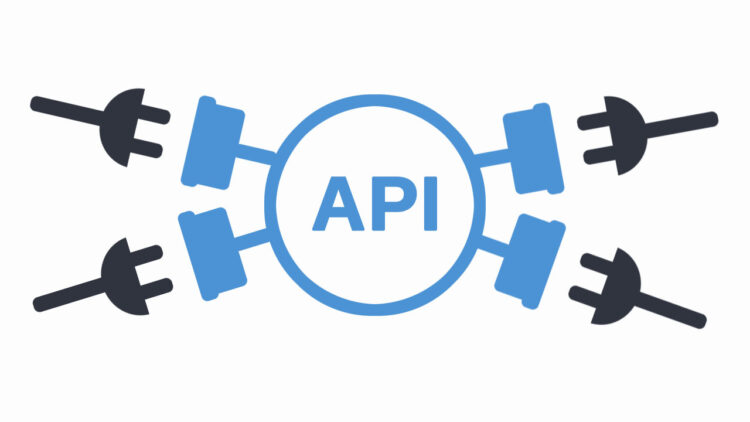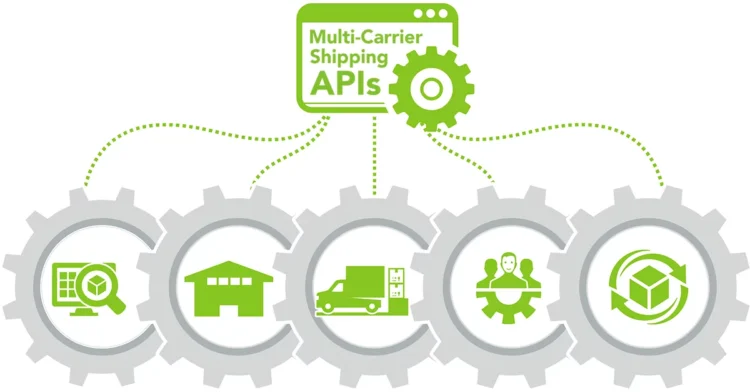Let’s say you own a company. You use a full or partial eCommerce business model. In other words, you make products and ship them.
Presumably, a customer can go to your website and order those products, or they might order them through an app. Many companies design apps these days for potential customers to use since more individuals order products via smartphones and tablets than they do on desktops or laptops.
You have part of your company dedicated to shipping and returns, and you probably have individuals in charge of that area. One day, they come to you talking about how they want to implement a scalable shipping API system.
Unless you’re already familiar with this part of the business, these terms might baffle you. After all, they are not exactly part of the widespread public vernacular.
We’ll talk about scalable shipping APIs in the following article. After we finish, you’ll know some of the basics and how to speak to your company about this concept.
Page Contents
What is an API?

Source: danielleskosky.com
According to the company Aftership “scalable shipping API designed for eCommerce developers” is something very few companies offer and they’re one of several companies that provide these services right now. But what exactly is an API?
An API is an application programming interface. Think of it this way. If you have multiple computers in different places, they need to have ways to connect to one another.
An application programming interface lets them do that. It’s a software interface. It offers a specific service to other software programs.
You might also encounter a standard that describes how to use or build such an interface or connection. In the IT world, you would call that an API specification.
That sounds pretty complicated if you’re not a very tech-savvy person. A software intermediary that lets two apps talk to one another is another way to put it. APIs encourage communication between apps, and that’s something you will unquestionably need if you want your product shipping to function smoothly.
What Does Scalable Mean?
You also may not know what scalable means if you’re new to this world. Scalable, in this context, means a system has a particular property. It can handle more work because you are adding more resources to the system that should help it and keep it from overloading and crashing.
Think about it this way. Maybe you have a popular musical artist, and their tickets go on sale via a particular website at a certain time. There’s huge demand for those tickets, so millions of users try to access that system all at once.
If you don’t provide scalable resources for that website, it’s liable to crash. We saw this years ago when the Affordable Care Act website went live for the first time.
You need scalability if you want an online or digital resource to work for your company. If too many people use it and you did not put scalability measures in place, that can cause a crash.
What is a Multi-Carrier Shipping API?

Source: pierbridge.com
Now, let’s put those terms together in a business context. Once again, you’re that business owner, and you use a totally or mostly eCommerce model. People like your products and marketing campaign, and your website and app start seeing more traffic. Maybe you just released a particular limited-edition product, and people can’t wait to order it from you.
You want to streamline the ordering and shipping process as much as possible. You should also have beefed-up measures for returns since not all customers will love the product, and some will want to return it. You might not like to hear that as a business owner, but if millions of people buy the product, it stands to reason at least a few will not like it so much.
A multi-carrier shipping API, if you put it in place, should help you with that. You can handle these concepts yourself if you think you’re up to it, but you may also want to hire a company that can implement an API that can easily handle multi-carrier shipping.
What Does Multi-Carrier Mean?
In this instance, multi-carrier simply means that you’re allowing several postal services to ship your products. That’s a smart idea since it gives you more chances to attract new clients. Some postal services don’t deliver everywhere, so if you want that new client, you should allow a different carrier to pick the product up and drop it off for you.
A multi-carrier shipping API should integrate seamlessly with carriers like the US postal service, but also UPS, FedEx, DHL Express, and many more. You’ll see the ones we mentioned here in the US, but you’ll also want to integrate with overseas carriers if you hope to take your company and products international.
What Do You Want to See from a Multi-Carrier Shipping API?

Source: stikkymedia.com
You can shop for multi-carrier shipping APIs. It’s not as though there’s just one that has cornered the market. Several exist now, and you can pick and choose between them based on your priorities.
You want one with reasonable rates that fits your budget. You want one that will integrate with dozens of different delivery services.
You also want one that can show you advanced analytics. You can look at those analytics to see if your shipping can improve in any particular areas. Maybe you’ll learn some insights from those analytics that can help improve the entire shipping or return experience for your customers.
You will want one that can give you real-time shipping rates. Shipping rates change due to many different factors, and you’ll need to stay on top of that.
Your multi-carrier shipping API should be easy for you to install. One that’s too complex will baffle your IT department, and that’s the last thing you want.
Finally, you will want one that has an order management portal that you can easily understand. If you can’t comprehend the portal’s features, that defeats the whole purpose of using one of these services.





